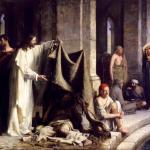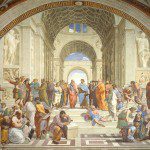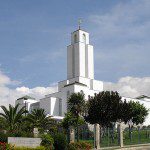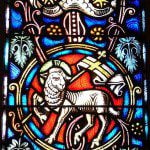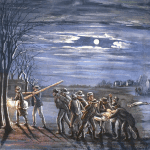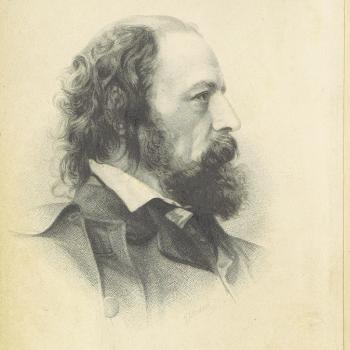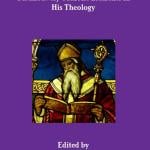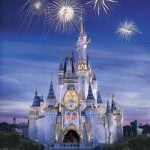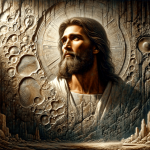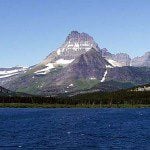Yet another very short video feature has just been posted by the Interpreter Foundation. It’s entitled “The Most Profound Experience.” It focuses on David Whitmer, one of the Three Witnesses to the Book of Mormon, and it features the irreplaceable independent Latter-day Saint historian Don Bradley.
Our hope is that you’ll enjoy this and all of the other videos in this series. These very brief extracts have been taken from the 2022 Interpreter Foundation docudrama Undaunted: Witnesses of the Book of Mormon, which in its turn was created to accompany our 2021 theatrical film, Witnesses.
If you do enjoy it, or if you find it at all useful, we also hope that you’ll consider sharing it further. We made these films, and we’ve extracted these short videos, in order that they be seen.
And please mark your calendar for the debut of our forthcoming film, Six Days in August, which is slated for Thursday, 10 October 2024 — the Thursday following the annual Fall General Conference of the Church of Jesus Christ of Latter-day Saints.
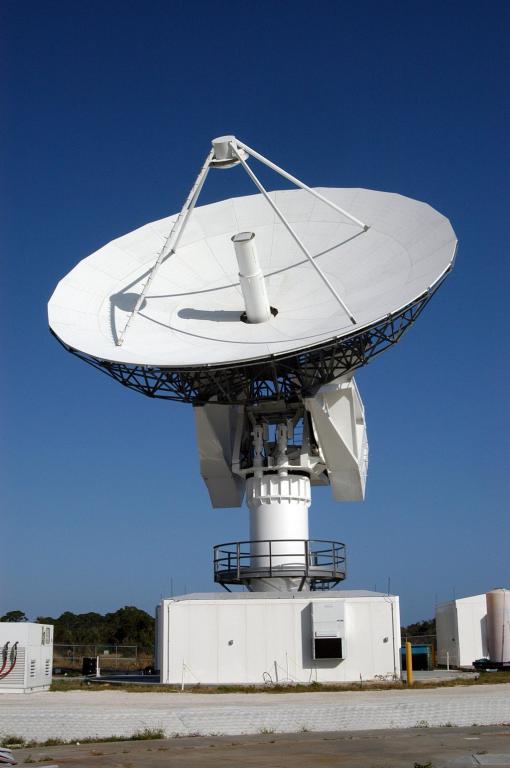
Here’s a newly posted item on the website of the Interpreter Foundation: Interpreter Radio Show — August 4, 2024
During the 4 August 2024 installment of the Interpreter Radio Show, Martin Tanner, Hales Swift, and Brent Schmidt discussed Come, Follow Me Book of Mormon lesson 35, the BYU medical school, President Nelson’s birthday, and the linguistic evidence of the Book of Mormon.
Their recorded conversation has been freed from commercial interruptions, archived, and made available to you at no charge. The “Book of Mormon in Context” portion of this show, for the Come, Follow Me Book of Mormon lesson 35, will also be posted separately on Tuesday, 20 August 2024.
The Interpreter Radio Show can be heard on Sunday evenings from 7 to 9 PM (MDT), on K-TALK, AM 1640, or you can listen live on the Internet at ktalkmedia.com.
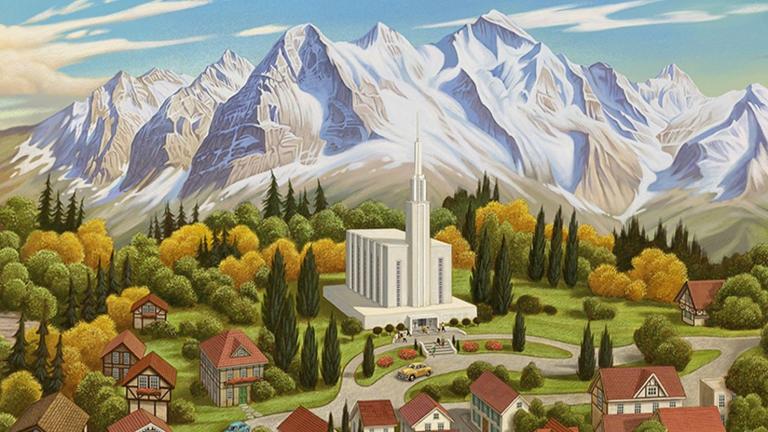
Efforts by the Church of Jesus Christ of Latter-day Saints to build new temples have run into a number of problems in the past couple of years from neighborhood opposition (in Las Vegas, Nevada, for example, and even in Tooele and Heber Valley, Utah). The most egregious recent cases have been in Cody, Wyoming, and McKinney (Fairview), Texas, where the groundbreaking for both temples has, thus far, been completely blocked. And, of course, some critics of the Church have rejoiced in this, essentially saying that the Church deserves such a response since it has been attempting to bully decent neighborhoods into permitting it to construct such monstrosities in their midst. With all that in mind, I was pleased to see this letter in today’s edition of the Dallas Morning News
“LDS temple a good neighbor”
Re: “Council denies permit for proposed temple — Church of Jesus Christ of Latter-day Saints can offer a revised design at any time,” Thursday Metro & Business story.
I was surprised to read of the Fairview controversy regarding the proposed McKinney Mormon temple. We live very close to the North Dallas temple and are proud and happy to have it in our neighborhood. Concerns about lighting and traffic are misplaced. We have had no problems with either.
We often point the temple out to visitors because of its attractiveness. The last sentence of today’s article, “build it at 42 feet,” I assume refers to the height of the steeple. The temple steeple in our neighborhood is approximately 80 feet tall and to my eyes is a thing of beauty.
I am not a Mormon but I have no objection with Moroni, who sits atop the steeple keeping watch over our neighborhood.
David Haymes, North Dallas
I’m glad that Mr. Haymes has enjoyed having the Dallas Texas Temple in his community. I would think that, for the most part, places where temples have been built have found them to be assets to their neighborhoods. Latter-day Saint temples are beautiful and quiet and immaculately maintained, and their grounds are always well laid out and exceptionally well cared for. I’m told that the San Diego California Temple, for one — and there are probably others — has become a popular location for wedding photographers, even when the prospective husband and wife are neither headed for a temple marriage nor even Latter-day Saints.
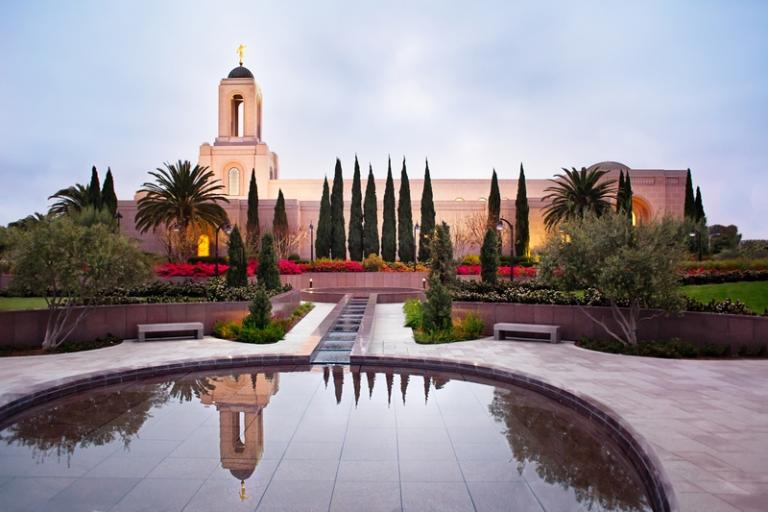
The Newport Beach California Temple was the object of quite fierce opposition from certain segments of the community (and, I suspect, from more than a few outsiders to the community), and its spire and color and lighting had to be adjusted to meet some of the objections.
Happily — I followed the comments on the petition against permitting the temple to be built in Newport Beach — some of those who opposed it overtly and expressly declared that Latter-day Saints weren’t welcome in the community and stated explicitly religious objections. That was a serious mistake on their part, although some probably just couldn’t help themselves: No city council or zoning commission in the United States would dare to block the construction of a place of worship on expressly theological grounds.
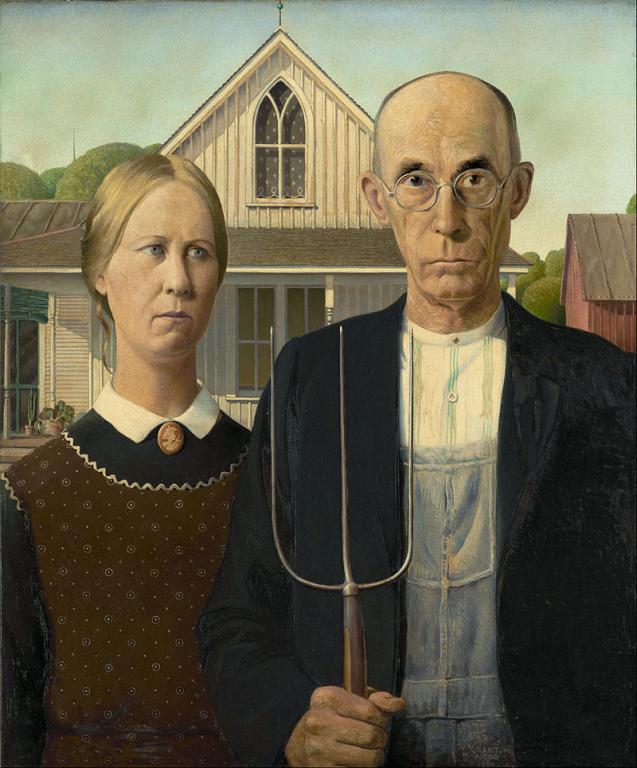
A while back, I called attention here to an obnoxious and patently contemptuous article in The Times (of London) about a young Latter-day Saint wife and mother (by the name of Hannah Neeleman) and her family. (See “The Church in Recent Media,” along with some follow-up comments in “On Judgment.”) Others have responded to that Times article, as well. Here, for instance, is a piece by Amanda Freebairn that I appreciated: “In Defense of the Trad Wife Influencer.”


